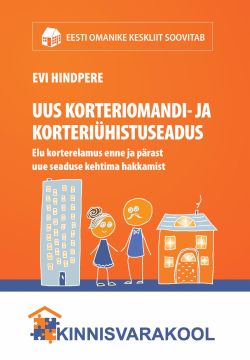 The economy is increasingly relying on central banks
The economy is increasingly relying on central banks
When at the end of last year, financial markets were hit by true panic regarding the future of the world economy, today we dare to look into tomorrow with slightly improved optimism. Unfortunately, the relief seems to be driven most by rash announcements by the central banks that instead of tightening the monetary policy, they are ready to continue stimulating the economy with cheap money. Such an interest environment may prevent economic downturn, but does not favour “self-regulation” via the loss of unproductive companies. This only deepens many of the chronic problems in the economy. However, on the other hand, the labour market indicates strength of the global economy. At least in the advanced economies, the unemployment rate is at the lowest since the beginning of the 1980ies and continues to drop. Strong labour market, in turn, keeps up the demand that should contribute to an increase in the global economy by 3.3% this year and by 3.5% in 2020.
Euro zone’s economic growth will improve a little
Estonia is influenced most by what is going on in the European economy. After a brief wave of optimism, the euro zone’s economic climate cooled down significantly in the second half of last year. In addition to the chronic patient of the European economy, Italy, Germany’s economic growth has also stopped due to the low level of China’s demand and issues in the car industry. The Purchasing Managers’ Index that provides a good indication of the future is the lowest since 2014. By sectors and countries, however, the picture is very diverse: the index is much higher in the service sector than in industry; the economies of Spain and France have not experienced the problems currently seen in Germany. Although the economic growth in the euro zone will be just 1.1% this year, the situation should improve in the second half of the year thanks to higher demand from China, and the euro zone’s economic growth is expected to be 1.5% in 2020 already.
Increasing wage level in Estonia is forcing companies to change
Economic growth is slowing down in Estonia. Based on SEB’s forecast, Estonia’s GDP will grow by 2.8% this year and 2.5% in 2020. On the one hand, this is caused by weaker economic growth of the euro zone and the main trade partners, slowing down the demand in the exporting sector. On the other, domestic factors that have driven the economy are also losing strength. When in two earlier years, the highest contribution to economic growth was made by the construction sector, the decreasing number of building permits shows that this time has come to an end. Employment has also reached its peak in Estonia, being the highest in the European Union last year. Due to extremely high employment, the wage increase fails to react to the cooling of the economic environment and the average gross salary will reach almost 1400 euros this year. Not all companies still operating can allow such a wage level in their business plans. Hopefully, the economy will be able to react flexibly – if not, we will soon see a much higher level of unemployment. The economic environment of the upcoming years will also feel the steep drop in the birth rate in the beginning of the 90ies, which will certainly impact more than just the real estate market of Tallinn.














